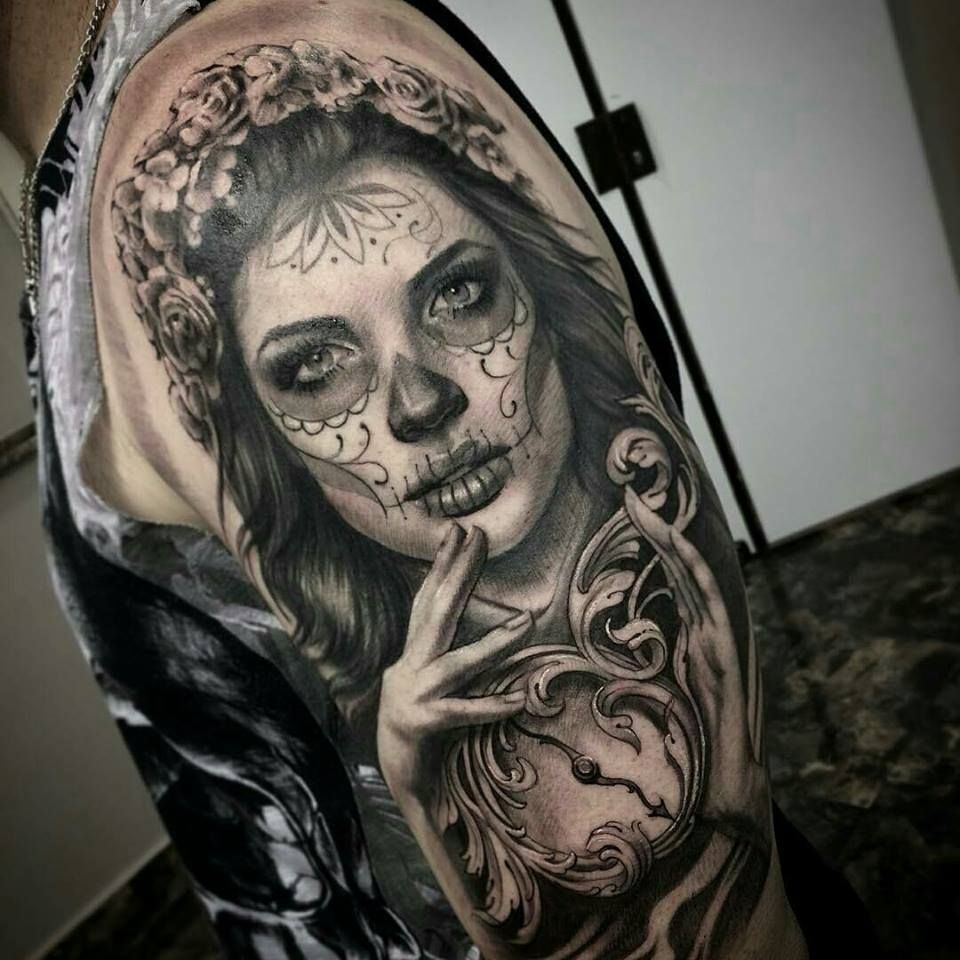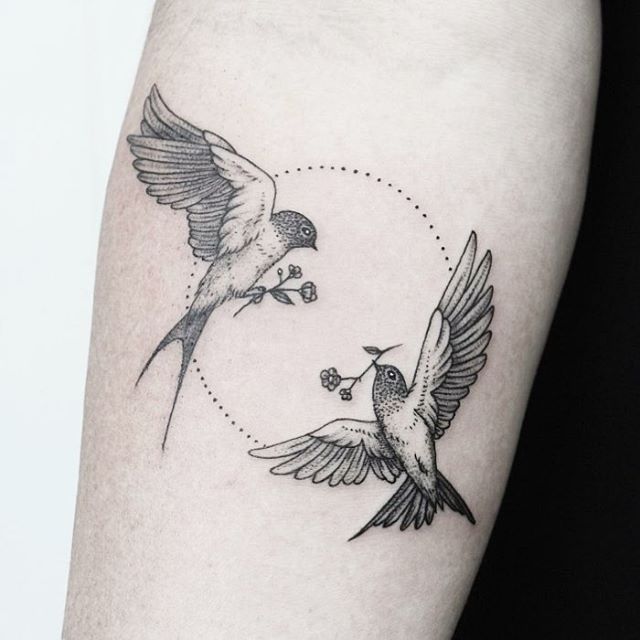
Catrina’s tattoo designs with flowers in her hair create a seductive image, with roses representing love and passion as deep symbolic meanings. You can customize this design to make it uniquely your own!
Origin of La Catrina
La Catrina (known by other names such as La Calavera Garbancera or “The Dapper Skeleton”) originated as a social commentary by Jose Guadalupe Posada; her depiction ridicules Mexicans who tried too hard to look more European. La Catrina is a beautiful woman.
La Catrina Tattoos
La Catrina Tattoos are an increasingly popular choice among those celebrating Mexico’s Day of the Dead festival. The festival honors deceased loved ones and allows us to pay our respects to them without worrying about imminent mortality. Skulls used during this celebration are traditionally decorated with flowers or symbols. La Catrina is usually depicted as an attractive woman resembling an Ace of Spades, with black painted lines around her eyes.
Many people choose La Catrina Tattoos on their arms, though these designs can also be placed elsewhere on the body. A good spot for larger designs would be on your back, where there’s more room for intricate drawings; others even get them on their thighs or calves!
Political Statement and Symbolism
Jos Guadalupe Posada first published La Catrina as a zinc etching. Her accessorized skull was a political statement against European influence in Mexico. Her beauty and seductive features inspired both feelings of desire as well as defiance against it. La Catrina is a skeleton.
Symbolism and Meaning
La Catrina tattoo designs have become an iconic symbol for celebrating the Day of the Dead. Their iconic skull symbolizes death’s inevitability, a poignant reminder to cherish life and be grateful for everything that makes it worthwhile. The name “La Catrina” translates to “fancy woman.”
Iconic Symbol of Death
La Catrina has become an iconic symbol of death, representing mortality and reminding us of our finite existence. She can be tattooed differently depending on the intended message, incorporating additional symbols like skulls or spiders. Monarch butterflies often symbolize the souls of deceased loved ones.
Jos Guadalupe Posada and Social Commentary
Jose Guadalupe Posada imagined La Catrina in 1910 as a vehicle to criticize Mexican upper-class society. He used cartoonish etchings to comment on political issues, particularly the obsession with European styles and culture. La Catrina symbolizes the inevitability of death that transcends social class.
Personification of Death
La Catrina is the personification of death and one of the most iconic symbols associated with the Day of the Dead. She represents Mexican culture’s acceptance of death with humor and satire. Male skeletons often accompany her to symbolize our collective mortality.
La Catrina may appear frightening or gothic, but she serves as a reminder that all individuals, regardless of wealth or status, will ultimately face death, as it is an undeniable part of life’s cycle.

